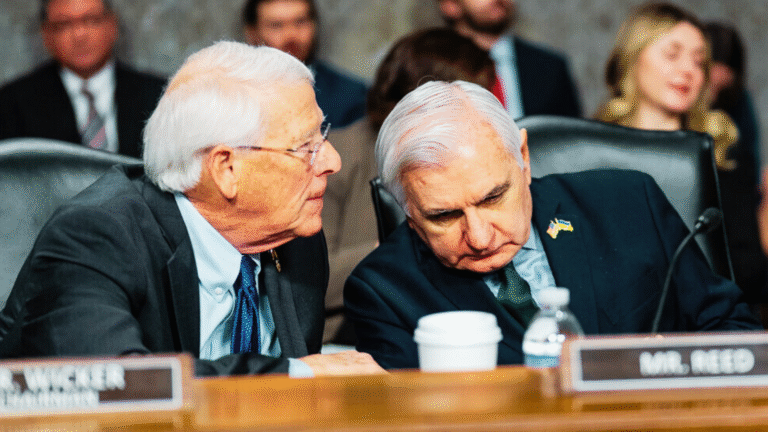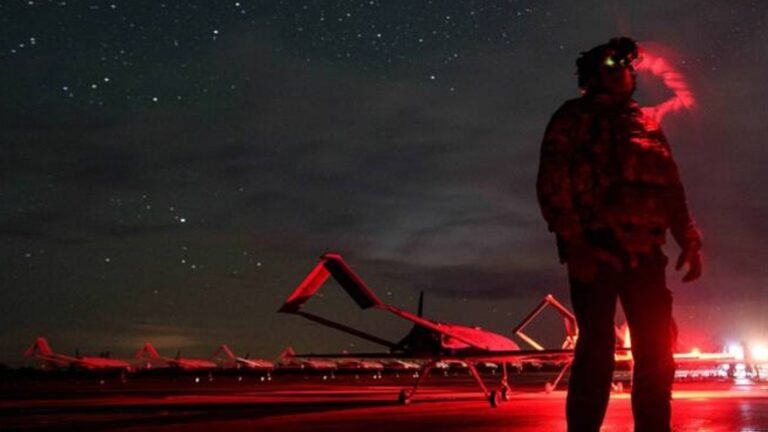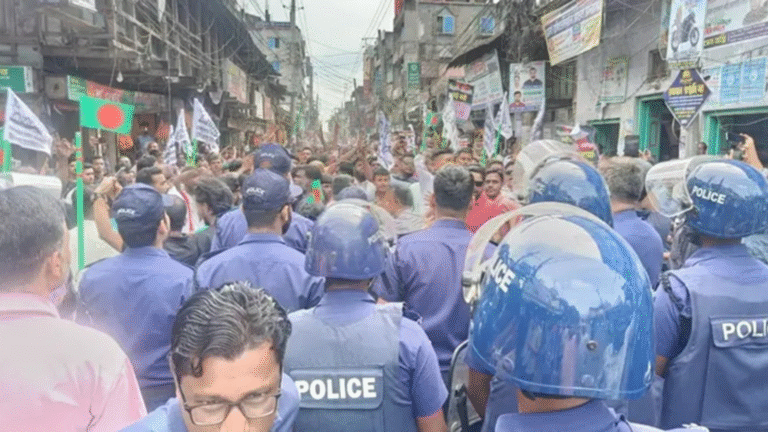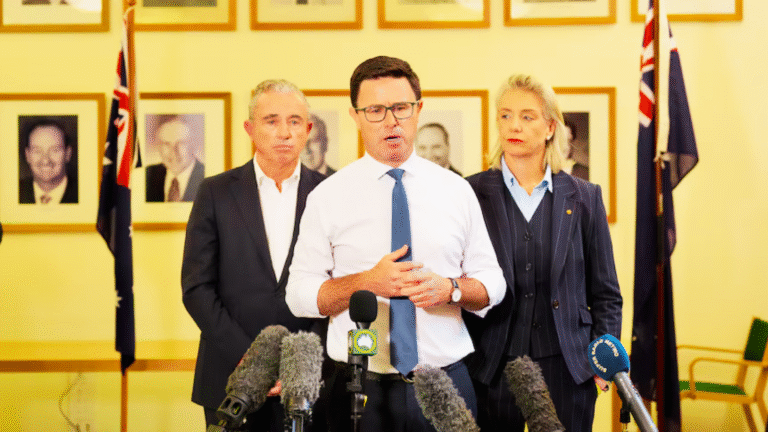In a controversial move, the Trump administration announced on Friday its plans to cut nearly all remaining jobs at the U.S. Agency for International Development (USAID) as part of a significant restructuring. This decision comes amidst ongoing humanitarian crises, including a devastating earthquake that struck Myanmar and Thailand, prompting concerns from aid experts about the impact on global disaster response efforts.
The announcement, communicated through an internal memo from Jeremy Lewin, USAID’s acting deputy administrator, indicated that all positions not mandated by law would be eliminated by July and September. Thousands of USAID staff and Foreign Service officers were informed that their roles would be terminated, with the agency’s remaining functions set to be absorbed by the State Department.
Historically, USAID has been instrumental in coordinating disaster relief and providing humanitarian aid, playing a crucial role in saving lives across the globe for over six decades. The recent cuts have raised alarms about the agency’s ability to respond effectively to urgent humanitarian needs, particularly following the recent earthquake that has already resulted in significant loss of life and property.
The State Department’s notification to Congress detailed plans to close USAID missions worldwide, which has drawn sharp criticism. U.S. Representative Gregory Meeks, a leading Democrat on the House Foreign Affairs Committee, labeled the move illegal, accusing the administration of withdrawing from its global leadership role with “cruelty and disruption.”
The exact number of job cuts remains unclear, but as of March 21, there were 869 active U.S. direct hire personnel along with nearly 3,848 on paid administrative leave, according to the advocacy group Stand Up for Aid. The terminations will also affect thousands of Foreign Service officers assigned globally to USAID.
Lewin’s memo stated that personnel worldwide would receive email notifications regarding their termination choices. The reorganization is framed as a realignment of foreign assistance programs to better serve U.S. interests, according to Secretary of State Marco Rubio, who claimed that USAID had strayed from its original mission.
Experts in humanitarian aid expressed deep concern over the cuts, arguing they would hinder the U.S. response to the earthquake in Myanmar and Thailand. Former USAID official Jeremy Konyndyk criticized the administration’s actions as a “total abdication” of U.S. leadership in humanitarian efforts, highlighting that the firings would eliminate the team capable of mobilizing disaster responses.
Despite the upheaval, Trump stated that he had spoken with Myanmar officials regarding the earthquake and assured that the U.S. would provide assistance. However, concerns linger about the capacity to deploy a Disaster Assistance Response Team (DART), with State Department spokesperson Tammy Bruce indicating that the changes at USAID would not affect this ability, though a timeline for deployment was not provided.
Sarah Charles, former assistant USAID administrator for humanitarian affairs, warned that the cuts have severely limited the agency’s capability to send disaster response teams, potentially allowing other nations, such as China and Russia, to step in where the U.S. cannot. She noted that contracts for urban search and rescue teams had been reinstated, but crucial commercial contracts for transportation remained cut, leaving many non-governmental organizations struggling to provide essential services.
As the situation develops, the implications of these cuts on U.S. foreign aid and global humanitarian efforts remain to be seen, with many questioning the future role of the U.S. in international disaster response.













+ There are no comments
Add yours